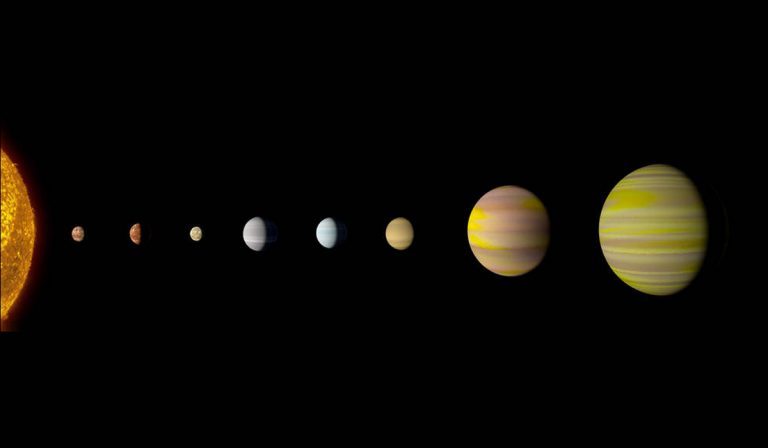In the last two decades, since the first exoplanet has been discovered, scientists have identified more than 4000 planets orbiting other stars, of which half are in multi-planet systems. Out of these, at least 700 of them have planets which can be at potential risk of devastating collision. Researchers even believe that there are possibilities of many collisions that have already taken place that we are not aware of.
Several questions, such as how planets organise themselves, prevent themselves from colliding into each other or how they remain stable have been the centre of research for many years.
One of the requirements to be able to detect these are to make sure that a planetary system is stable. For this astronomers have to calculate the motions of multiple interacting planets over billions of years and check each possible configuration for stability — which is a big computational challenge.
Research by NASA and Princeton University have been able to accomplish this using artificial intelligence. Talking about the research Daniel Tamayo, a NASA Hubble Fellowship Program Sagan Fellow in astrophysical sciences at Princeton said that while separating the stable from the unstable configurations sounds fascinating, it is a brutally hard problem to crack.
What Can AI Do?
While mathematical revolutions over the years have helped astronomers to deal with the problem, they never found a perfect way to predict stable configurations theoretically. This is where AI comes into the picture.
Tamayo, along with other researchers, combined simplified models of the planets’ dynamical interactions with machine learning methods to accelerate the process. Using ML allows the elimination of huge swaths of unstable orbital configurations in a few minutes which would have otherwise taken tens of thousands of hours.
The system called SPOCK, on which the fate of the entire star systems has been placed, can predict the paths of exoplanets. It can also effectively determine which ones will remain stable and which ones are likely to crash. The accuracy of this system is far more than humans could ever predict. The ML models rule out these instabilities quite efficiently.
As the researchers share, instead of simulating a given configuration for a billion orbits which is the traditional brute-force approach and takes about 10 hours, SPOCK can instead simulate 10,000 orbits, which only takes a fraction of a second. This basically means that SPOCK, which is short for Stability of Planetary Orbital Configurations Klassifier, stops after 10,000 orbits and trains the machine learning algorithm to predict collisions well in advance.
“From this short snippet, they calculate 10 summary metrics that capture the system’s resonant dynamics. Finally, they train a machine learning algorithm to predict from these 10 features whether the configuration would remain stable if they let it keep going out to one billion orbits,” noted the researchers.
AI can thus provide a clear window into the orbital architecture of planetary systems, especially those which are far-distant and are faintly visible. “Are they rocky planets, ice giants, or gas giants? Or something new? This new tool will allow us to rule out potential planet compositions and configurations that would be dynamically unstable — and it lets us do it more precisely and on a substantially larger scale than was previously available,” said Jessie Christiansen, an astrophysicist with the NASA Exoplanet Archive who was not involved in this research.
While it is an exemplary solution, the researchers said that they haven’t yet solved the general problem of planetary stability and are still working towards it.
“We can’t categorically say ‘This system will be OK, but that one will blow up soon,’” Tamayo said in the release. “The goal instead is, for a given system, to rule out all the unstable possibilities that would have already collided and couldn’t exist at the present day.”

















































































